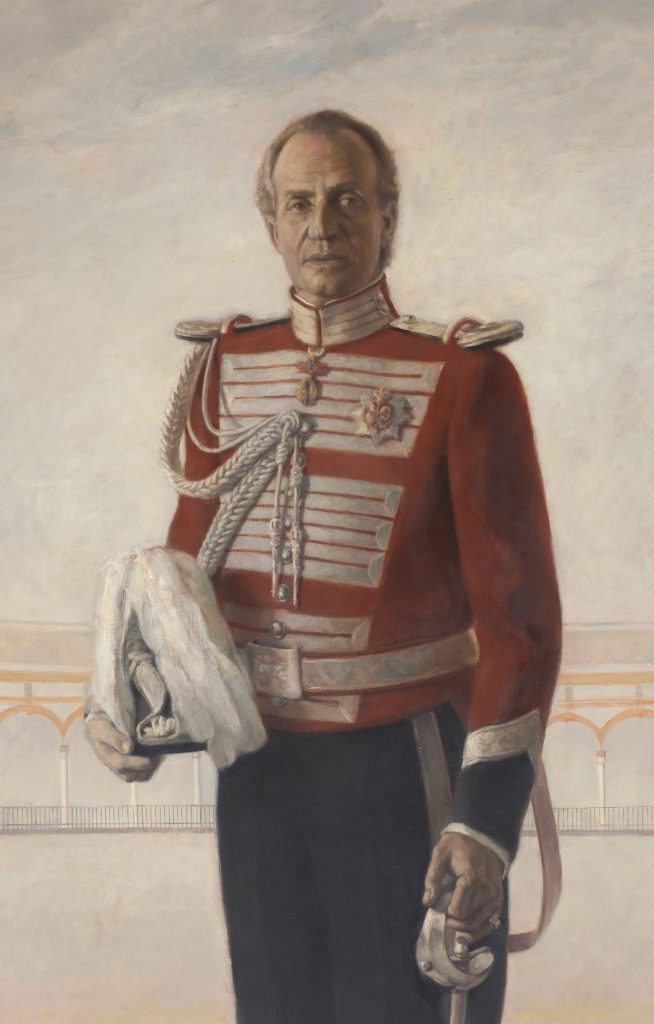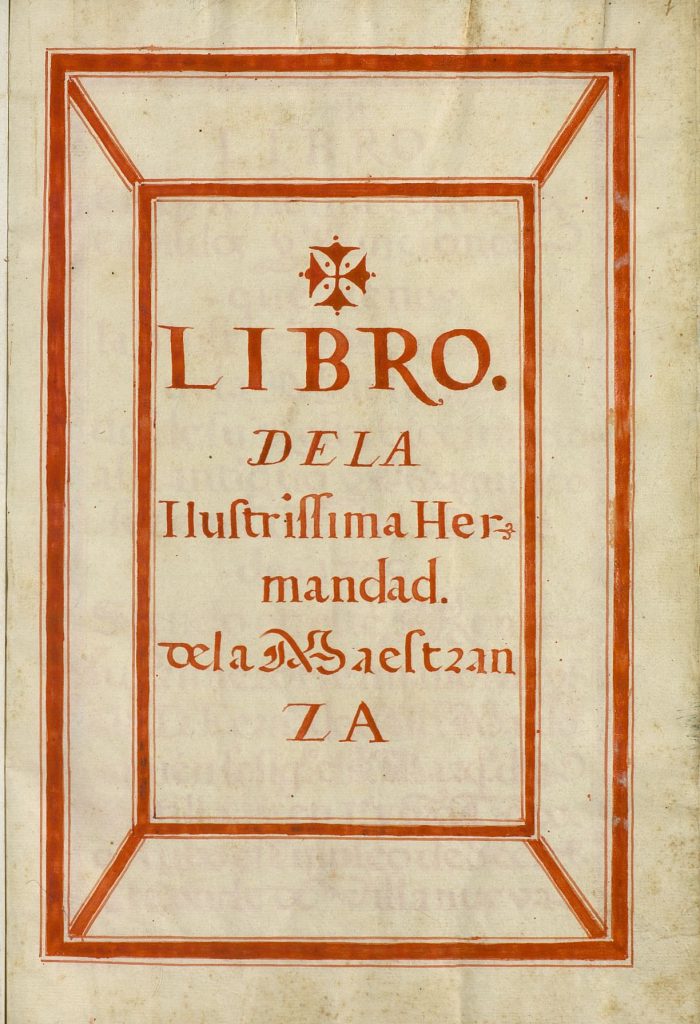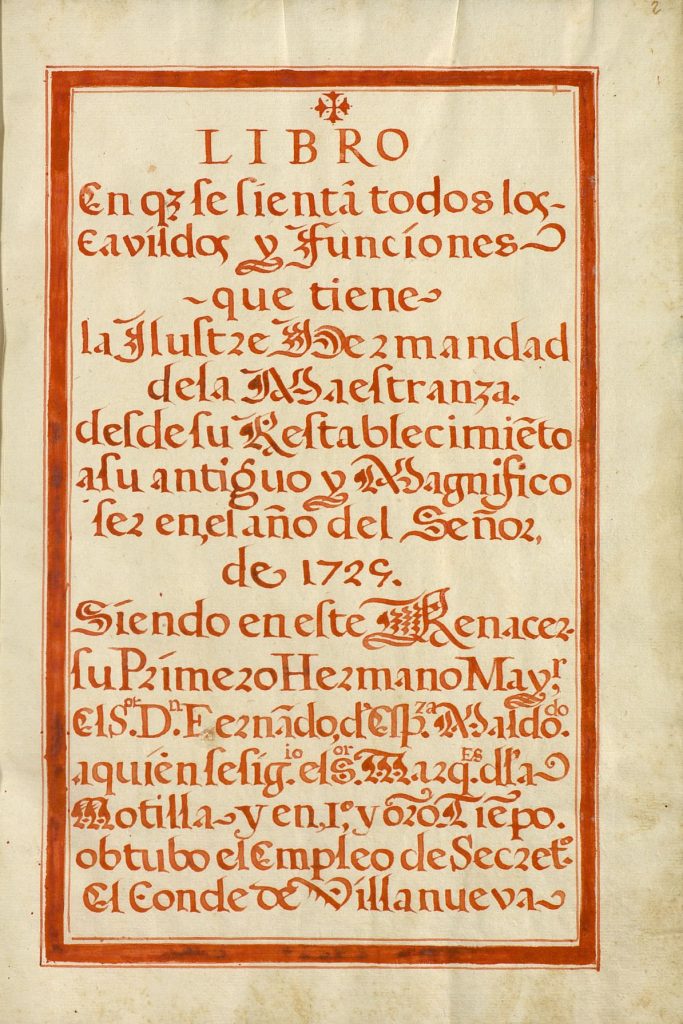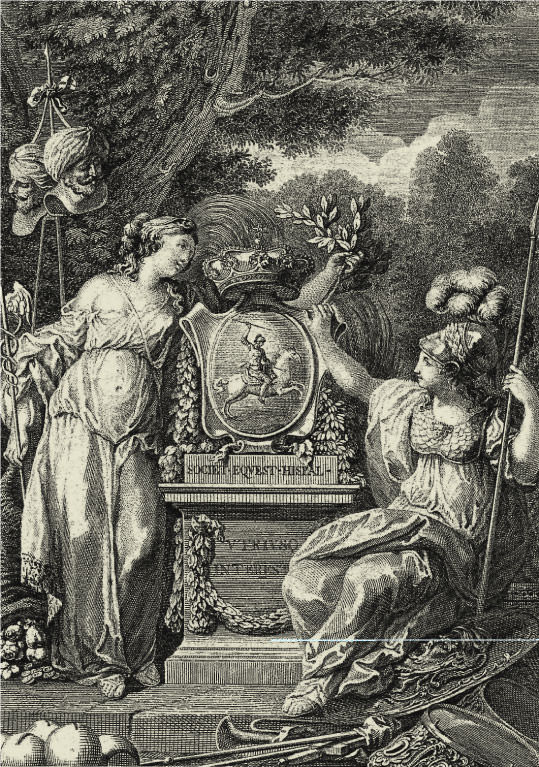FOREWORD
“Noblesse oblige, and, more precisely, it obliges us to be generous towards those who most need it, to bend over backwards to help others, to demonstrate a vocation for service, and loyalty without limits or second thoughts. The kind of nobility which, today, is a far cry from its erstwhile privileges, and which seeks no rewards other than those provided by its altruistic devotion to duty and its firm interest in serving the Crown and the Homeland.”.
Excerpt from a speech given by H.M. the King Juan Carlos I on the occasion of the Assembly of the Reales Maestranzas held in Seville on 25 March, 2010.
The Nobility is a social stratum which is reached either by royal appointment or by hereditary right, and which in Spain had its origin in the Reconquest, the historical period which commenced at the beginning of the VIIIth century. The monarchs relied on the support of their vassals to defend their territories, and in return granted them privileges and prerogatives, in other words, they ennobled them.
In the city of Seville, the descendants of the nobles who accompanied King San Fernando established themselves as a Corps of noblemen dedicated to San Hermenegildo. Following a decline in their activities, and through a royal initiative, the Real Maestranza emerged at a time when the help of the nobility was again needed to take an active part in the defence of the Fatherland, supplying people and equipment, training young men in the arts of horsemanship and of war, or raising good horses which, as King Felipe II himself would say, were useful in the guardianship and defence of the Kingdom.
Throughout its history the Real Maestranza has reconciled modernity with tradition, completing important material projects such as the re-structuring and adaptation of the bullring, a structure which it owns, and has recognized merit and excellence in studies, research and the art of bullfighting by means of university prizes for the best academic results, and the bullfighting trophies presented each year to the season’s winners.
Its editorial work, its support for the bullfighting festival and for equestrian sport, and the help which it gives to those most in need, have made it one of the most highly-valued institutions of the nobility.

Portrait of H.M. King Juan Carlos I.
Antonio Agudo, 1993. RMCS Collection.


Book of the Illustrious Maestranza. 1725.
RMCS Archives.
Weapons and Coat of Arms
The insignia or coat of arms which will be used by the Real Maestranza de Caballería de Sevilla will be a youth galloping on horseback with laurel wreath on his head and dart in his hand, inside a silver shield with a royal crown, placed on an altar which is supported on one side by the Goddess of Peace and on the other by the Goddess of War. The latter will be characterized by the customary attributes: Pallas with lance and shield with Medusa’s head engraved on it; and Peace with horn of plenty, caduceus and olive branch. At their feet will be spread out Maestranza trophies appropriate to each, such as: next to Peace, alcancias, heads, etc.; next to War, drums, bugles, lances, darts, etc., and in the middle of the altar, this motto: UTRIUSQUE INTEREST.
The olive branch of Peace will be arranged opposite a palm branch so that it adorns the shield, which will rest on a plinth bearing this inscription: SOCIETAS EQUESTRIS HISPALENSIS (which can be replaced by the abbreviated form: SOCIET. EQUES. HISPAL.)
The thinking reveals the spirit and purposes of these Associations or Coprs. The allusions are very clear. The youth on horseback represents the genius of the Maestranza. He symbolizes the Institution’s functions and also alludes to the origin of these games or exercises.

Allegory of the Real Maestranza de Caballería de Sevilla.
Luis Paret, drawing, Moreno Texada, engraving, 1794.
